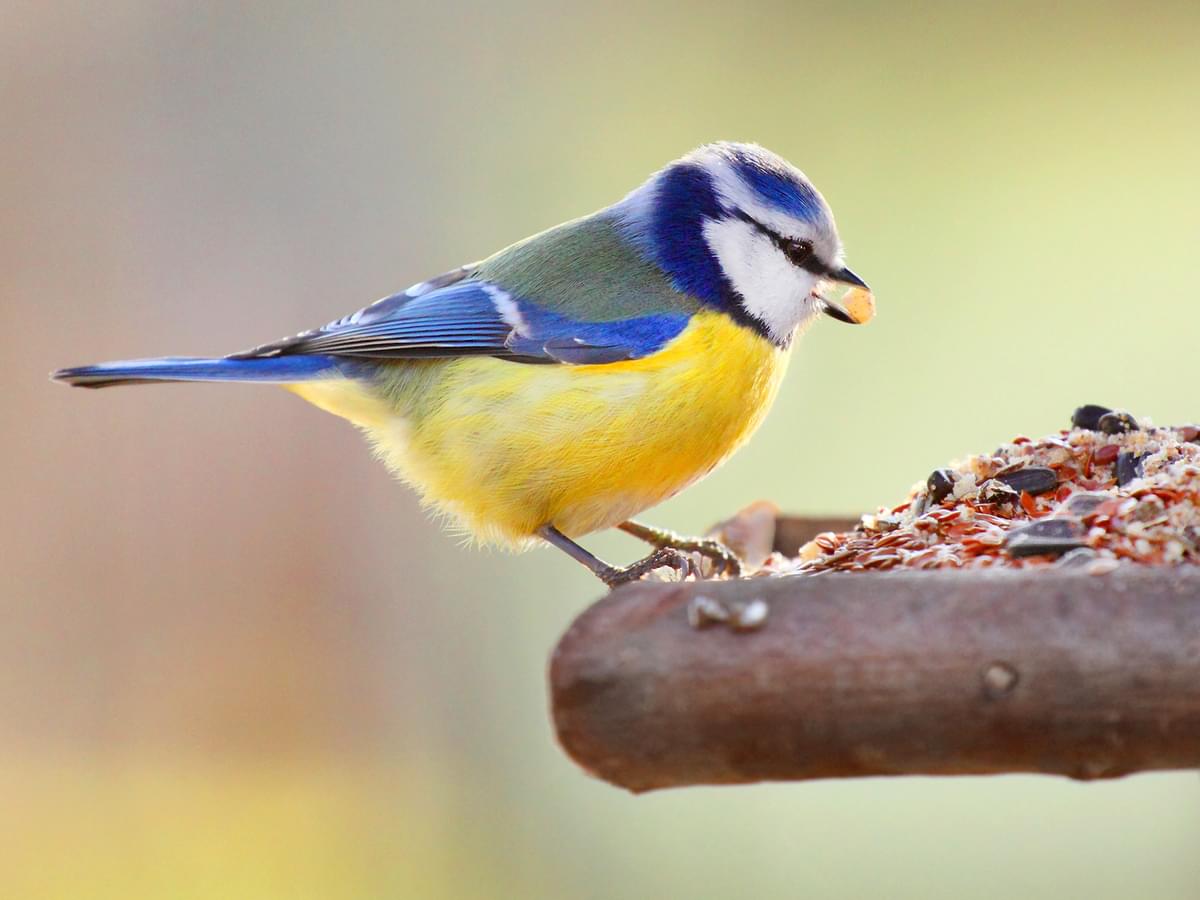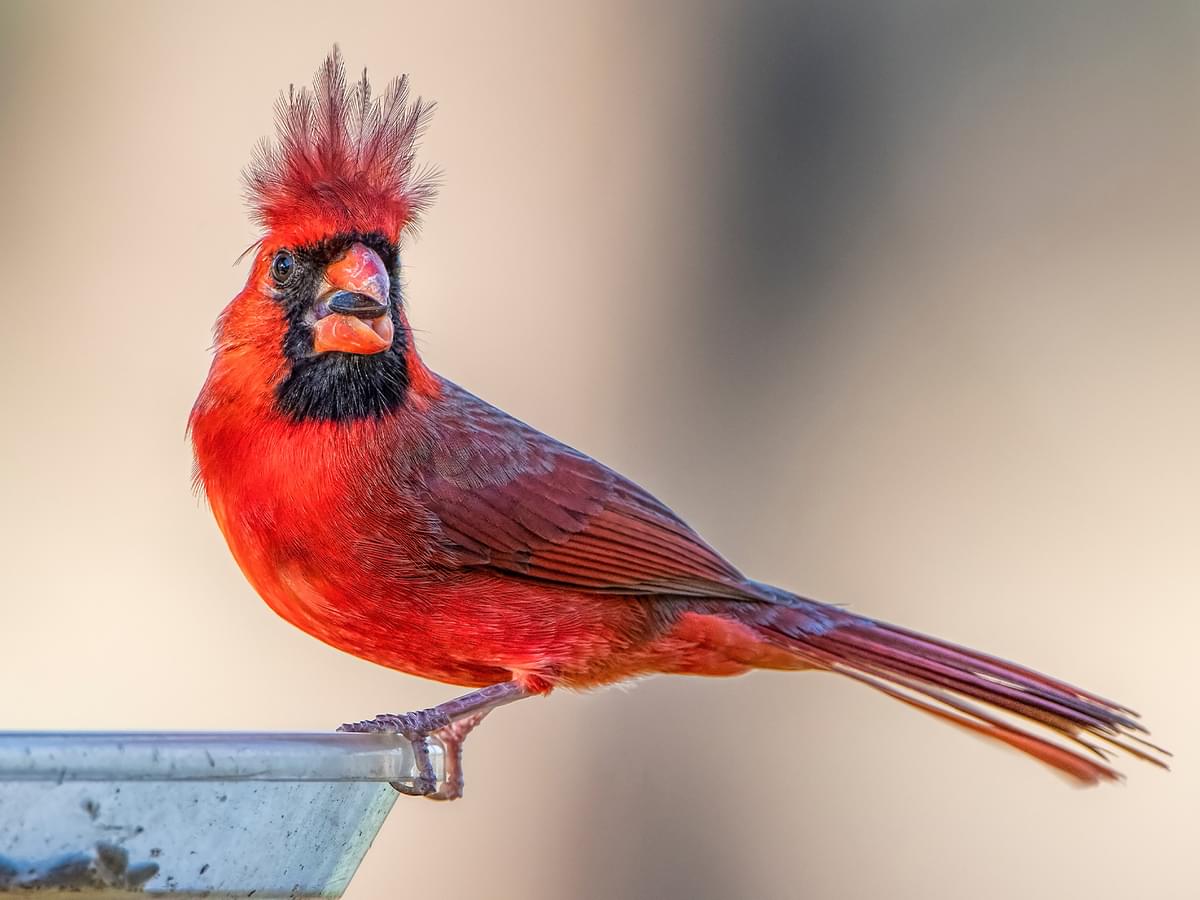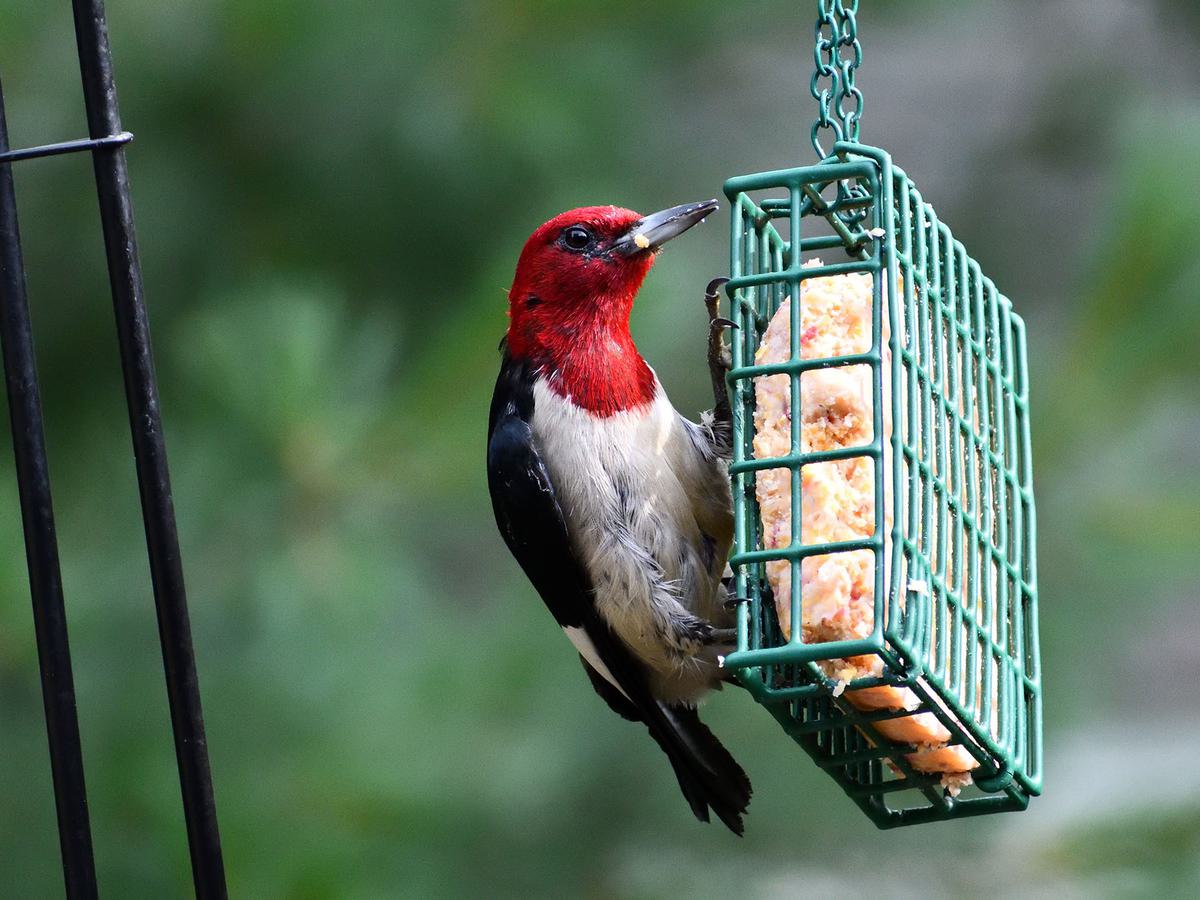Human Interaction

Overview of Birds and Human Interaction
Our relationship with birds goes back a long way. We have hunted birds for their meat, feathers, and eggs, revered them as symbols of peace, power, and danger, used them for transporting messages, trained them to catch us food, and we increasingly see them as a source of wonder and entertainment in the busy modern world.
Their relationship with us varies, but almost all birds see humans as predators and avoid us. However, there are some that have adapted and learned to benefit from the changes we make to the environment.
Birds in altered urban landscapes change their behaviors to adapt. Adaptations may become apparent over entire populations of birds or be limited to individuals, depending on their own observations and experiences with humans and their activities.
As the world becomes increasingly developed and urbanized, studying how birds and other wildlife adapt to human presence and activities becomes more important for their conservation.
Read along as we dive into the relationship between humans and birds, particularly in the urban environment.

Pictured: A Starling. Most bird species do not favor the changes we make to natural habitats, although some wouldn’t have it any other way
Birds in Urban Environments
Behavioral Adaptations
The urban environment provides suitable habitat for many bird species around the world, but adapting to such an alien environment often requires some flexibility.
Intelligent and adaptable species like crows are well suited to urban environments, while birds like Peregrine Falcons and Rock Doves have found our towns and cities provide a habitat that is structurally similar to the cliffs of their natural habitats.
So, some birds are highly adaptable, some require only minor behavioral adjustments, and others have little chance of adapting. Those that can adapt to urban life show some interesting behavioral changes. Continue reading for some interesting examples.
Feeding
Humans tend to discard a lot of edible waste that birds are happy to snack on. From uneaten food tossed on the sidewalk to massive landfills filled with “tasty” morsels, birds find rich pickings around urban areas. However, scraps and other food sources do not benefit all bird species equally.
Crumbs outside a restaurant may benefit House Sparrows, but the concrete jungle holds little for more specialized feeders like Woodpeckers.
Breeding
Many birds in the urban environment have adapted to nesting on buildings and other artificial structures. Our buildings provide many sheltered and protected areas ideal for birds that evolved to nest in cliffs and natural cavities. Some urban birds have also adjusted their breeding behaviors and have prolonged breeding times and smaller clutch sizes.
Adjustment to light and noise pollution
Some birds have developed longer foraging times by hunting around artificial light sources. Being heard over the sounds of the city is a challenge, so birds have adapted by changing the timing, volume, and pitch of their vocalizations.

Pictured: A pair of White Storks. Many birds in the urban environment have adapted to nesting on buildings and other artificial structures
Human Influences on Bird Behavior
We affect birds by altering the landscape, reducing or increasing certain food resources, providing or destroying nesting habitats, and in many other ways. However, humans also affect bird behavior simply by our presence.
Birds tend to be very cautious around people, which cuts down on their feeding times and keeps them away from otherwise suitable foraging, roosting, and nesting habitats.
The height of the COVID-19 pandemic offered some interesting insights into how human activity affects birds. During lockdowns, more bird species began to visit urban areas due to decreased human activity.
Fear also affects bird foraging time and other natural behaviors, even when birds can’t see us. Birds are less able to detect predators in noisy environments. This makes them more wary and increases the time they spend looking for predators at the cost of reduced foraging time. Some may become more habituated to noise, but even the most street-smart birds are affected.

Pictured: A Red-tailed Hawk. During lockdowns, more bird species began to visit urban areas due to decreased human activity
Birds Adapting to Human Activities
Bird-Human Mutualism
Most bird species do not favor the changes we make to natural habitats, although some wouldn’t have it any other way. Commensal species like House Sparrows, House Finches, Starlings, and Herring Gulls all benefit from living alongside humans.
We don’t necessarily get anything in return from these adaptable species. However, there are some examples of mutualistic relationships between birds and humans, from the wilds of Africa to the streets around your home. Let’s take a look at a few examples.
Owls
Some species, like the Barn Owl, have a mutually beneficial relationship with man. These birds tend to live around farms and the outskirts of suburbs and urban areas. They are attracted by the rodents that share our environment, and we benefit from the owls' ability to control these pests.
Honeyguide
Although rare, there are examples of mutualistic relationships between wild birds and people. The Greater Honeyguide of Africa leads humans to honeybee colonies so that they can feed on the wax.
Falcons and Cormorants
For millennia, humans have been training birds to hunt and catch food for us. Falcons and other birds of prey are used to hunt gamebirds and small animals used for meat and fur, while Cormorants are used to catch fish. In each case, the bird is semi-captive but benefits from the care of its handler.
Birds also benefit the lives of those who work to protect and conserve them. Educators, conservationists, and guides, for example, may depend on birds for their livelihoods, while birds naturally benefit from their efforts.
On a larger scale, birds are also important indicators of environmental health. In that sense, their well-being is a top priority because we also rely on healthy ecosystems.

Commensal species like House Sparrows, House Finches, Starlings, and Herring Gulls (pictured) all benefit from living alongside humans
Conflict and Cohabitation
Unfortunately, the relationship between birds and humans isn’t always peaceful. The species that do so well around us are often perceived to benefit at our expense.
For example, Pigeons nesting on buildings and messing on sidewalks may considered a threat to public health, and Starlings, Sparrows, and Crows have all been implicated in crop damage, which affects livelihoods and food security.
Other examples of human-bird conflicts:
- Queleas damage grain crops in Africa
- Bullfinch and Woodpigeons damage crops in the United Kingdom
- Woodpeckers damage utility poles and wooden homes
- Waxwings, American Robins, and Grackles damage fruit crops in the United States
- Horned Larks and various sparrows damage cole crops
- Cormorants threaten aquaculture (fish farming) operations
These problems are not new, of course, but technology and innovation are important for finding solutions. Let’s take a look at some traditional and contemporary non-lethal measures used to reduce conflict.
Urban planning
Designing buildings and structures that do not offer roosting and nesting sites for pigeons reduces habitat suitability.
Waste management
Reducing the amount of food scraps available to birds like crows, sparrows, and gulls encourages them to forage elsewhere.
Exclusion
Physically excluding birds from crops and other areas with netting is labor-intensive but highly effective.
Encouraging predators
Protecting natural predators like birds of prey and providing nest boxes can encourage them to control pest species. Employing falconers can also help solve local problems.
Bird-specific deterrents
Non-toxic and non-lethal irritants have been developed to deter birds from visiting crops and other areas.
Repellents
From scarecrows to pyrotechnics, various visual and audio deterrents can discourage birds from problem areas.

Pictured: A Great Spotted Woodpecker. Woodpeckers can damage utility poles and wooden homes
Educational and Recreational Interactions
Birdwatching and Behavioral Observations
There are far more casual birdwatchers than scientists or conservation decision-makers, so citizen science has a huge role to play in our understanding of bird behavior. With more and more people watching birds and recording and sharing their observations, our body of knowledge on bird habits and behaviors grows.
But is birdwatching always good for birds? Generally, birding is healthy for people and harmless for birds if practiced in a sustainable way. That means limiting disturbance and interference to wild birds and feeding backyard and urban birds in moderation while adhering to hygienic practices.
Birds in Educational Settings
Birds offer the most accessible wildlife experience for people from all walks of life, making them ideal ‘gateway’ species for environmental education. These fascinating and charismatic creatures leave a lasting impression, especially when people get to observe and interact with them in safe and inclusive settings.
Many naturalists begin their fascination with the natural world by simply observing birds around their homes. However, demonstrations at zoos and shows at schools and public places offer wonderful insights into the natural world, especially for kids who have never been exposed to wildlife.
Learning and interacting with birds can also foster a sense of community and respect for life. This isn’t only good for people, of course. Educating and involving more people in bird conservation ultimately results in innovative new insights, questions, ideas, and observations about our feathered friends and the world we share.

Pictured: A Peregrine Falcon during a falconry demonstration. Demonstrations at public places offer wonderful insights into the natural world
Summary
From feeding on our crops to nesting in our homes, birds have been living with us and around our communities for thousands of years, and there’s no sign of this coming to an end any time soon.
Unfortunately, most birds will not learn to interact favorably with humans, and for them, conserving the Earth’s remaining natural habitats is increasingly important.
Maybe it’s time to look at urban birds in a new light. You could say the few species that have managed to adapt so well are true survivors worthy of our admiration!

